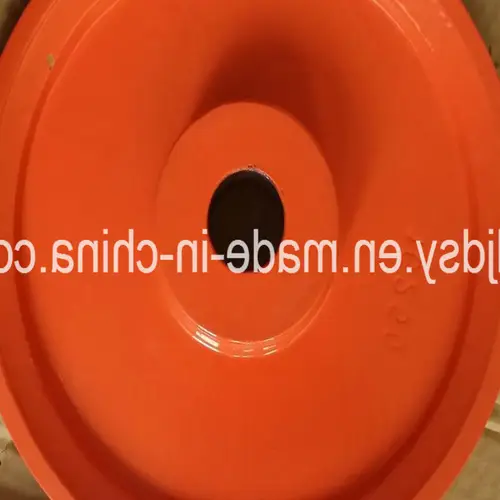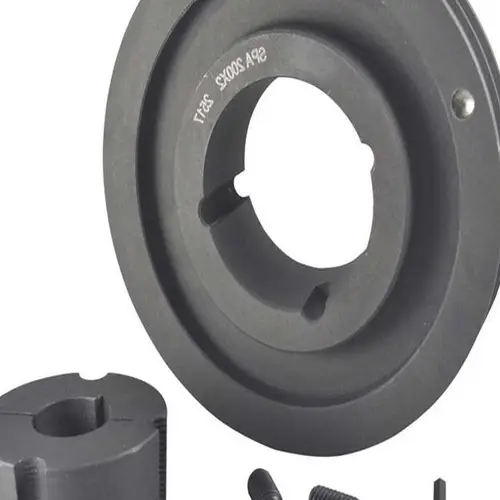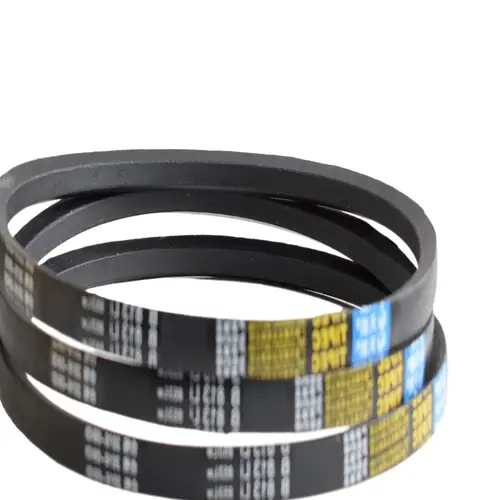
China OEM Spc315-04/Cast Iron V Belt Pulley Spz SPA CHINAMFG Spc Taper Bush Pulley Manufacturer
Our V-belt pulleys are made to European standards, including SPZ, SPA, SPB, and SPC taper bushing pulleys, as well as adjustable speed V-belt pulleys and variable speed pulleys. We also produce flat belt pulleys and conveyor belt pulleys. Our pulleys are available in pilot bore, finish bore, taper bore, and bore for QD bushing. We can also make parts according to your drawings or samples. Our V-belt pulleys are made with high-quality materials and precision machining to ensure optimal performance.
Detailed Photos
We have detailed photos available upon request so you can see the quality of our V-belt pulleys.
Product Parameters
Our V-belt pulleys are available in a range of sizes and specifications. Please contact us for more information.
Certifications
We have received many patent certificates and authorizations for our casting parts, ensuring the quality of our products.
Packaging & Shipping
Our V-belt pulleys are packed with plastic film and wooden pallet as our standard packaging, but we can accommodate special requests as needed.
Frequently Asked Questions
1. What materials are your V-belt pulleys made of?
Our V-belt pulleys are made with high-quality materials and precision machining to ensure optimal performance.
2. Do you offer custom sizes or specifications?
Yes, we specialize in making parts according to your drawings or samples.
3. What industries do your V-belt pulleys serve?
Our V-belt pulleys are widely used in petroleum, chemical, electric power, boiler, ship, machinery, and other industries.
4. What is your lead time for orders?
Our lead time depends on the season, but in hot season it is about 1 month, and in slack season it is only about 15 workdays.
5. Do you offer a warranty for your products?
Yes, we offer a 12-month warranty after delivery. If there is any defect about our products or our service, please keep us informed. We will deal with them unconditionally.
Other Products
In addition to our V-belt pulleys, our company supplies various other products for industrial use, including agricultural gearboxes, power output shafts, sprockets, fluid couplings, worm gear reducers, gears and racks, roller chains, pulleys and pulleys, planetary gearboxes, timing pulleys, bushings, and more. We pride ourselves on offering high-quality products, preferential prices, and considerate services. Customers are welcome to customize drawings and samples.
“`html
All the content of this page is from the Internet, and is provided solely as a reference for product selection. Our products are replacement parts and not original spare parts. We are not the holder of the original trademarks mentioned in the content. Our replacement parts are perfectly suitable for after-sales replacement, but not original spare parts. If you need to buy original spare parts, please contact the original factory or supplier.
Performance Characteristics of V Pulley
1. High Speed Capability: V pulleys are designed to handle high rotational speeds, ensuring efficient power transmission.
2. Low Noise and Vibration: The design of V pulleys reduces noise and vibration during operation, resulting in smoother performance.
3. Excellent Grip: The V-shaped groove in the pulley provides a strong grip on the belt, preventing slip and improving overall efficiency.
4. Compact and Lightweight: V pulleys are compact and lightweight, making them easy to install and suitable for various applications.
Types and Characteristics of V Pulley
There are different types of V pulleys available, including solid, split, and adjustable pulleys. Each type has its own unique characteristics and advantages.
Advantages of V Pulley Made of Different Materials
1. Steel V Pulley: Steel pulleys offer high strength and durability, making them suitable for heavy-duty applications.
2. Aluminum V Pulley: Aluminum pulleys are lightweight and resistant to corrosion, making them ideal for applications where weight and rust are a concern.
3. Plastic V Pulley: Plastic pulleys are cost-effective and provide excellent chemical resistance, making them suitable for various industries.
4. Cast Iron V Pulley: Cast iron pulleys are known for their high load-carrying capacity and resistance to wear, making them a reliable choice for demanding applications.
Application of V Pulley
V pulleys find extensive use in various industries, including:
1. Industrial Machinery: V pulleys are used in machinery such as conveyors, pumps, compressors, and generators for power transmission.
2. Automotive Industry: V pulleys are essential components in engines, alternators, water pumps, and air conditioning systems in vehicles.
3. Agricultural Equipment: V pulleys play a crucial role in agricultural machinery like tractors, combines, and hay balers, ensuring efficient power transfer.
4. HVAC Systems: V pulleys are used in heating, ventilation, and air conditioning systems to drive fans and blowers, ensuring effective airflow.
5. Consumer Appliances: V pulleys are employed in various consumer appliances such as washing machines, dryers, and refrigerators for smooth operation.
Future Development Trends and Opportunities
The future of V pulley products looks promising with opportunities in diverse industries. Some potential growth areas include advanced materials, innovative designs, and increased automation in manufacturing processes.
Furthermore, the demand for energy-efficient solutions and sustainability practices will drive the development of V pulley products in the coming years.
Choosing a Suitable V Pulley
When selecting a V pulley, several factors should be considered:
1. Load Capacity: Ensure that the pulley can handle the expected load without compromising performance or safety.
2. Material: Choose a pulley material that suits the application requirements, considering factors such as strength, corrosion resistance, and weight.
3. Diameter and Size: Select the appropriate pulley diameter and size to ensure proper belt engagement and power transmission.
4. Type of Pulley: Consider the specific type of V pulley required, such as solid, split, or adjustable, based on the application needs.
5. Bore Size: Verify that the pulley’s bore size matches the shaft diameter for proper fit and alignment.
In conclusion, V pulleys offer exceptional performance characteristics, a wide range of applications, and various material options. Understanding the specific requirements and selecting the right pulley can greatly enhance machinery efficiency and reliability. As the industry continues to evolve, innovations in V pulley technology will shape its future and create new possibilities for enhanced power transmission.
Author: Dream
“`








